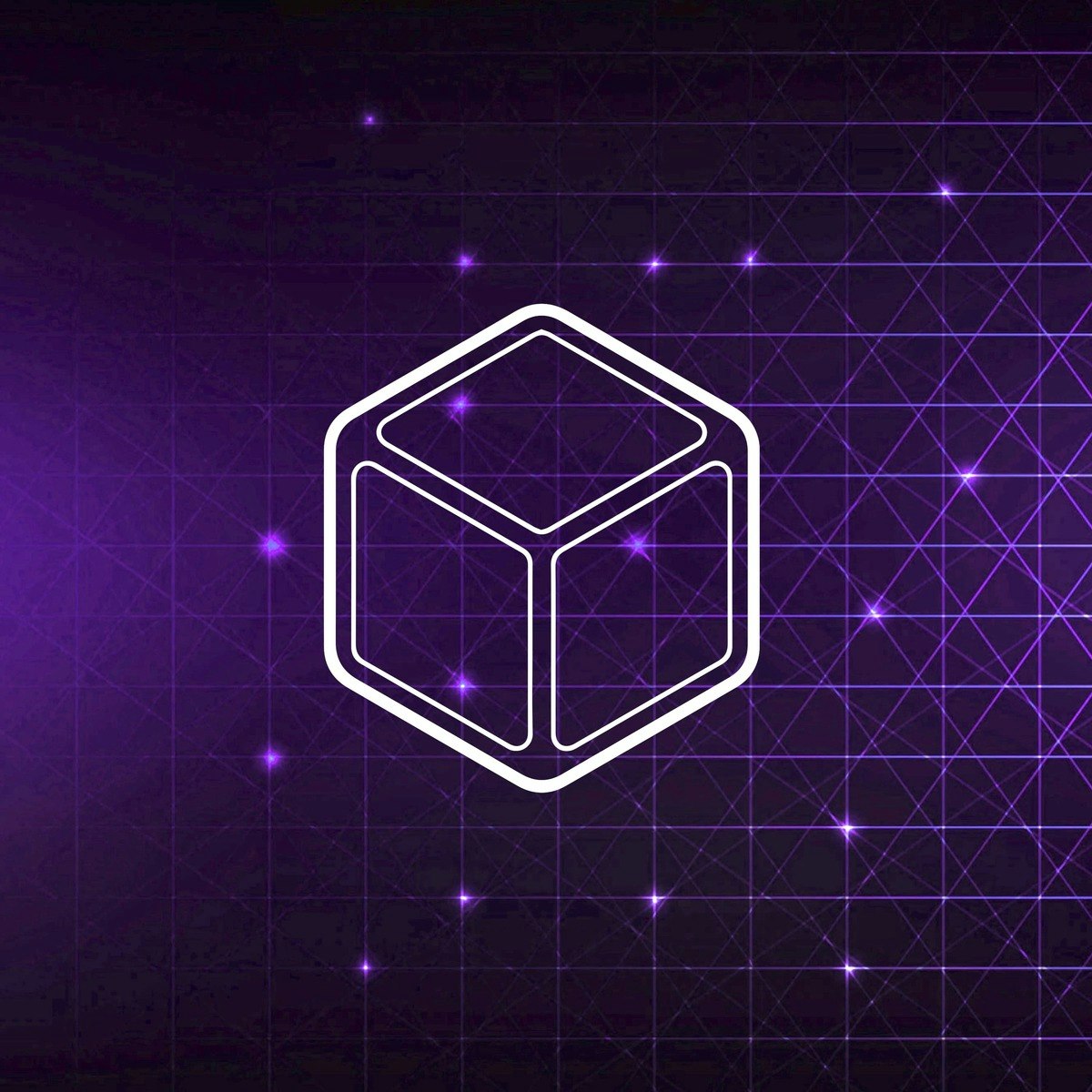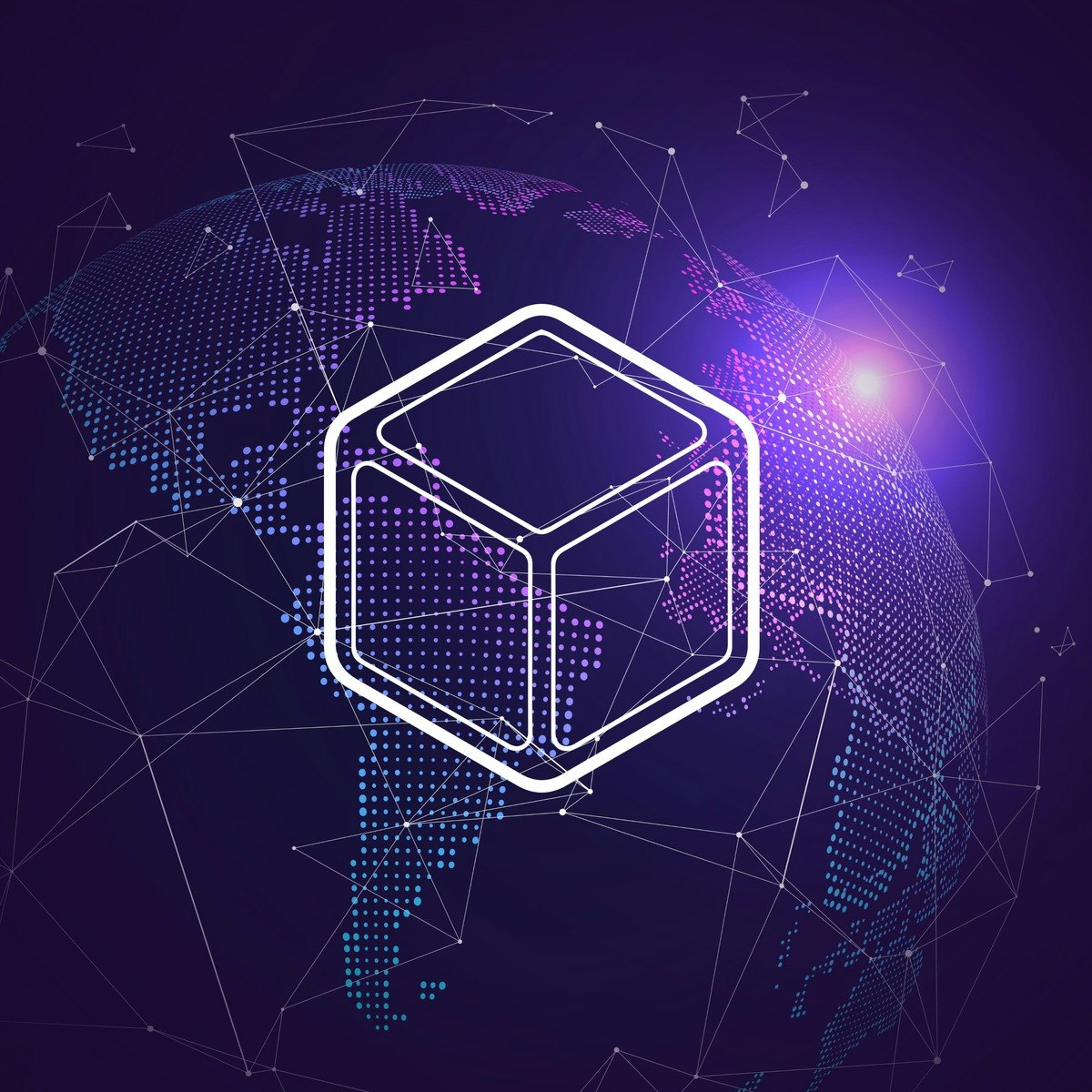Introduction to Blockchain for Global Commerce Online Course Overview
This course discusses the limitations of the Internet for business and economic activity and explains how blockchain technology represents the way forward. After completing this course, you will be able to explain what blockchain is, how it works, and why it is revolutionary. You will learn key concepts such as mining, hashing, proof-of-work, public key cryptography, and the double-spend problem. You’ll be able to describe seven design principles for blockchain technology, and the challenges facing the people developing it.
By the end of this course, you’ll learn how and why transacting on the blockchain can help us bring about a future that is faster, fairer, and more distributed than the world we inhabit today.
What You Will Learn
- How blockchain works, and how trust is established in a pre- and post-blockchain world
- Nine types of digital assets, including cryptocurrencies, protocol tokens, NFTs, stablecoins, securities tokens, governance tokens, and CBDCs
- What smart contracts are, the phases of a smart contract deal cycle, and various examples and applications of smart contracts
- Blockchain design principles, and challenge areas associated with implementing blockchain technology
Introduction to Blockchain for Global Commerce MOOC Course Syllabus
WEEK 1 – The Second Era of the Internet
The Internet connects billions of people around the world, and is great for communicating and collaborating online. However, because it was built for moving and storing information, and not value, it has done little to change the way we do business. Now, for the first time in human history, two or more parties anywhere in the world can transact and do business peer to peer using the blockchain. In this module we introduce blockchain as “the trust protocol,” and explain how it represents the second era of the Internet. We describe how blockchain technology establishes trust—not through powerful intermediaries, but rather through collaboration, cryptography and clever code.
WEEK 2 – Blockchain Design Principles
We believe that the next era of the digital economy can be shaped around a set of blockchain design principles, which can be used for creating software, services, reinventing business models, markets, organizations, and even governments. This module frames the blockchain revolution around seven design principles. For each principle we describe a current problem to be solved, identify “blockchain breakthroughs” to these problems, and discuss the implications of these breakthroughs on the digital economy. We hope that these design principles will assist learners in contemplating their roles and their futures in the blockchain revolution.
WEEK 3 – Digital Assets
Blockchain is the first native digital medium for value. Consequently, we are witnessing one of the largest transformations of wealth in human history—from paper-based analog assets to digital ones. In this module, students will learn about nine different kinds of cryptoassets, including cryptocurrencies, protocol tokens, non-fungible tokens (NFTs), stablecoins, securities tokens, governance tokens, exchange tokens, natural asset tokens, and central bank digital currencies (CBDCs).
WEEK 4 – Smart Contracts
In this module, you will learn what smart contracts are and how they work. We will discuss how blockchain-based smart contracts can enable individuals and organizations to reduce transaction costs, minimize the need for third-party intermediaries, and improve productivity, security, and privacy.
WEEK 5 – Public, Private, and Consortium Blockchains
The advent of blockchain technology forces us to reconsider the upside and downside of public revelation of transactions and contracts. The implementation, application, and possible regulation of distributed ledgers involve choices that will critically affect information disclosure and economic interactions. Whether the ledger is public and permissionless, such as the Bitcoin or Ethereum blockchains, or private and permissioned, such as the Ripple or Hyperledger implementations, in principle transactions on a blockchain have a high native level of transparency. In this module, you will learn how privacy can be protected in both public and private ledgers using both procedural and technological methods.
WEEK 6 – Blockchain Implementation Challenges
Like every revolutionary technology, blockchain has its upside and its downside. In this module we discuss ten implementation challenges which must be overcome as we transition to the second era of the Internet. For each challenge, you will also learn about potential solutions and what we can do to ensure the fulfillment of the blockchain’s promise.
Introduction to Blockchain for Global Commerce INSEAD Course Teacher
- Don Tapscott
- Alex Tapscott








Editorial Staff –
Provide your course review below.